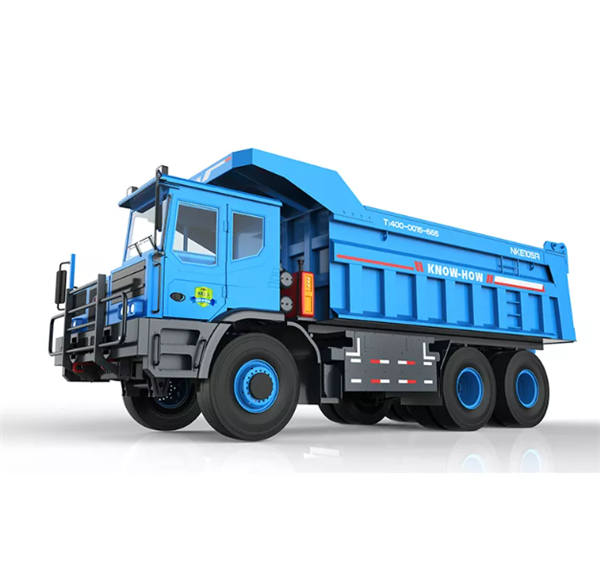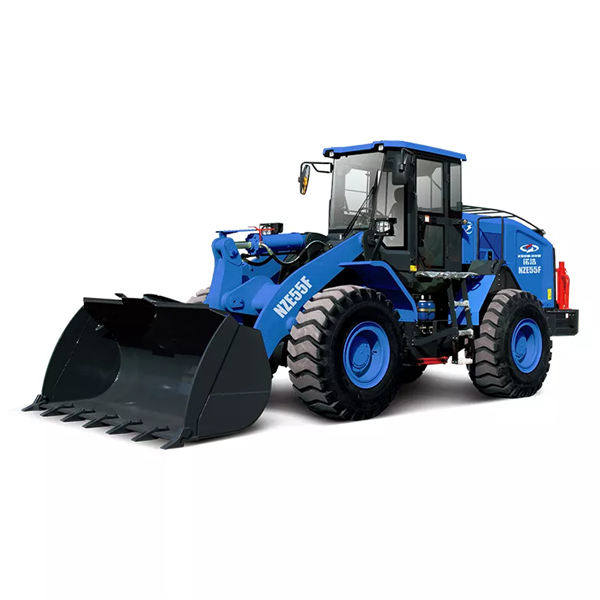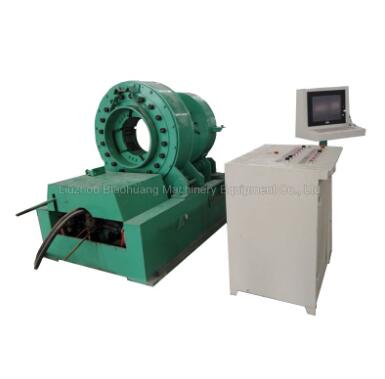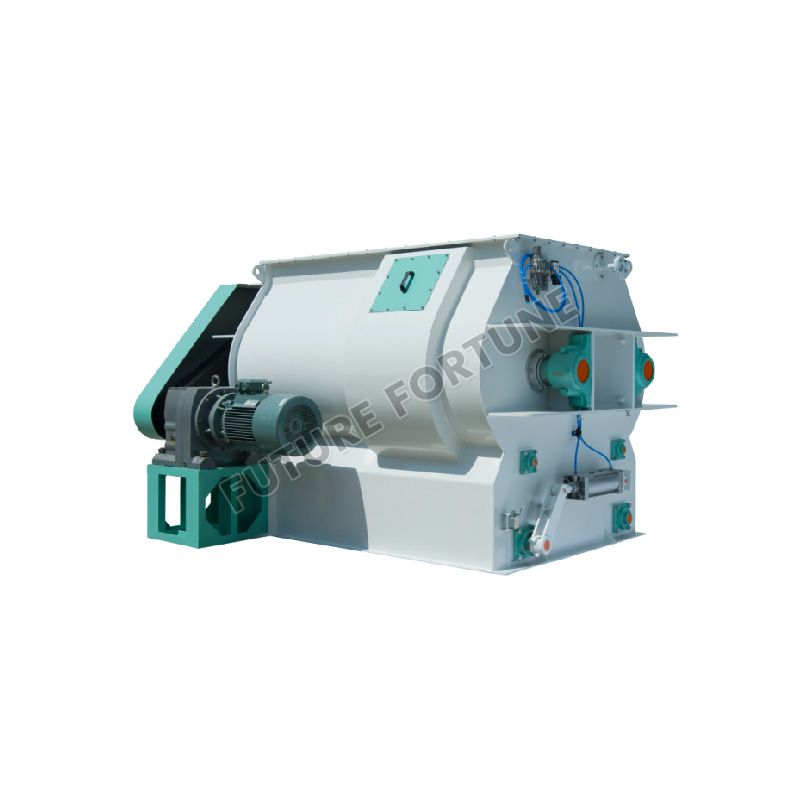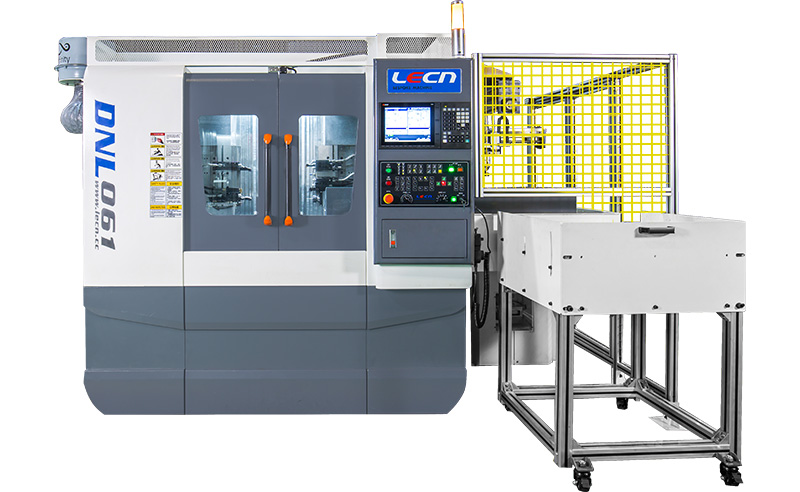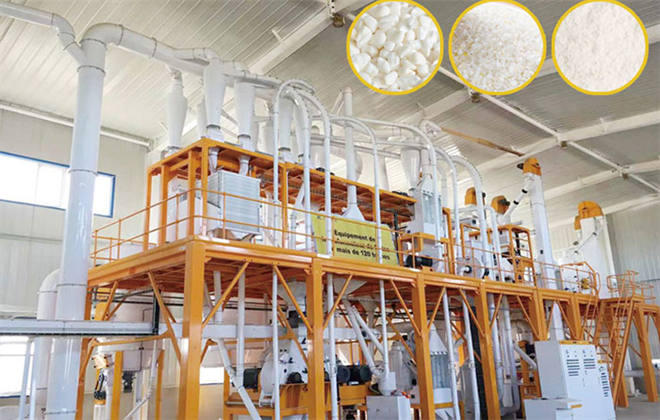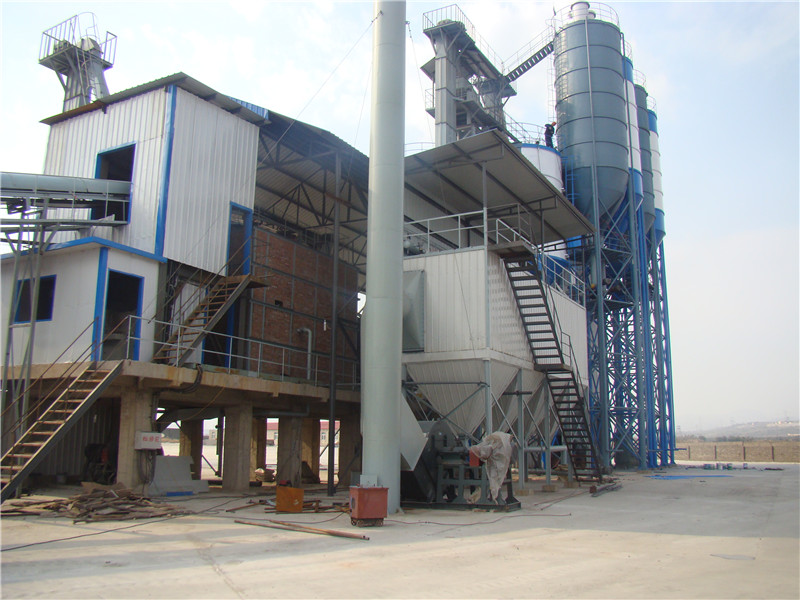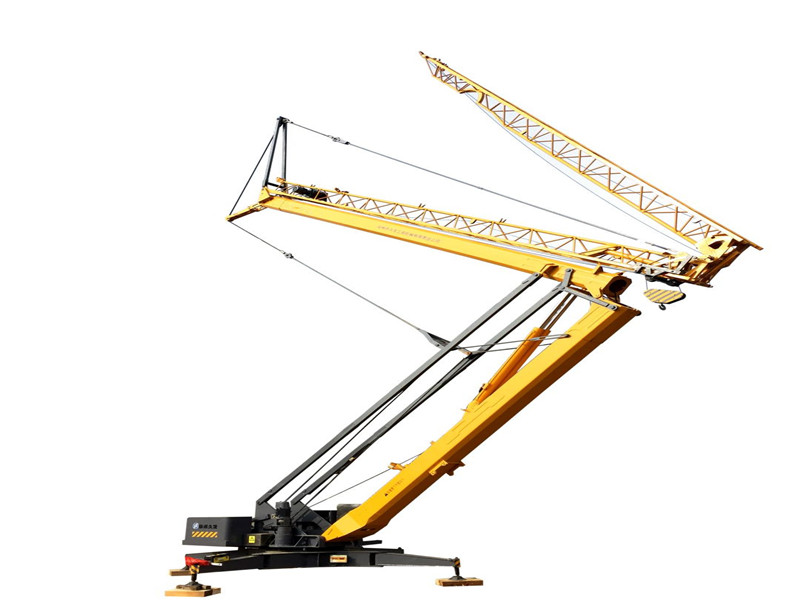Can You Braze with an Induction Heater?
Brazing is a widely used joining process that requires the application of heat to melt a filler material, which is then used to bond two or more metal components together. Traditional methods of brazing often involve the use of an open flame or a furnace. However, with the advancements in technology, induction heating has emerged as an alternative method for various heating applications. In this article, we will explore the feasibility of using an induction heater for brazing, discussing its benefits, considerations, and potential applications.
Understanding Induction Heating:
Induction heating is a process that utilizes high-frequency alternating current (AC) to generate heat within a conductive material. The heat is produced by inducing electrical currents, known as eddy currents, within the workpiece. Here are some key aspects of induction heating:
a. Efficiency and Precision: Induction heating offers high efficiency and precise heat control. It allows for rapid heating of specific areas, reducing energy consumption and minimizing heat distortion on surrounding materials.
b. Non-Contact Heating: Induction heating is a non-contact heating method, as the heat is generated directly within the workpiece without the need for physical contact. This feature is particularly beneficial for heat-sensitive materials or delicate components.
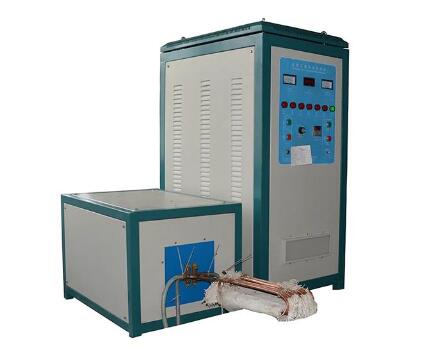
c. Rapid Heating: Induction heaters can achieve rapid heating rates, resulting in shorter processing times and increased productivity. The ability to reach high temperatures quickly is advantageous for brazing applications.
Feasibility of Induction Brazing:
Brazing with an induction heater is indeed feasible and offers several advantages over traditional brazing methods. Here's why:
a. Precise Heat Control: Induction heating allows for precise temperature control, ensuring that the filler material reaches its melting point without overheating the base materials. This precise heat control contributes to high-quality brazed joints with minimal distortion or damage.
b. Uniform Heating: Induction heaters provide uniform heating throughout the workpiece, promoting consistent filler material flow and joint formation. This helps to achieve strong, reliable bonds between the components being brazed.
Suggested reading:Machinery
How are CNC lathe machines used in modern manufacturing processes?
Different Types of Acetic Acid Plant
How to Choose the Right Induction Heater for Forging
Understanding the PDC Bit: A Key Component of Drilling Operations
How do you manufacture nitrile gloves?
Vertical Shaft Impact Crusher: A Comprehensive Guide to Revolutionize Your Crushing Process
c. Versatility: Induction heating can be applied to various brazing applications, including joining dissimilar metals or working with complex geometries. The flexibility of induction heaters makes them suitable for a wide range of industries, such as automotive, aerospace, and electronics.
Considerations for Induction Brazing:
While induction brazing offers numerous benefits, certain considerations should be kept in mind:
a. Material Selection: Induction heating is suitable for conductive materials, such as metals and alloys. It is important to ensure that the materials being brazed are compatible with the induction heating process.
b. Equipment and Setup: Induction brazing requires the use of specialized equipment, including an induction heater, a power supply, and the appropriate coils or fixtures. Proper setup and calibration of the equipment are crucial to ensure consistent and accurate heating.
c. Process Optimization: The success of induction brazing relies on process optimization. Factors such as heating frequency, power settings, and cycle time need to be fine-tuned to achieve the desired results. Collaboration with experienced professionals or process engineers can assist in optimizing the induction brazing process.
Conclusion:
Induction heating offers a feasible and efficient method for brazing applications. Its precise heat control, uniform heating, and versatility make it a valuable alternative to traditional brazing methods. Induction brazing enables high-quality joint formation, reduces processing time, and enhances productivity. However, it is essential to consider material compatibility, equipment setup, and process optimization to achieve optimal results. With proper knowledge, equipment, and expertise, induction brazing can provide reliable and cost-effective solutions for a variety of brazing requirements.
How Does the Puff Snacks Extruding Machine Work?
How Automatic Leather Cutting Machines Work?
Types of Scrap Used in Steel Production
What is the difference between telescopic and articulating boom lifts?
Best Compact Telehandler: A Versatile Solution for Material Handling
How do you use ozone treatment on a car?
UV Laser Cutting: Advancements and Applications




